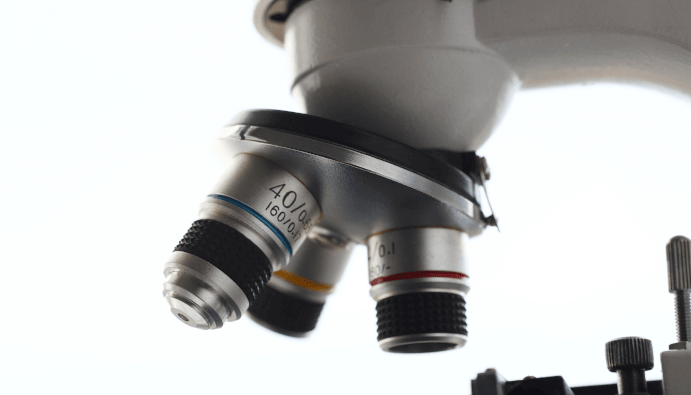
BLOG
KATEGORİDEKİ DİĞER YAZILAR

Coliform bacteria are a critical microbiological parameter in food and water safety. This group of bacteria is used as an important indicator, especially in the assessment of fecal contamination and general hygienic conditions. Coliform bacteria are often tested to assess whether hygiene is maintained in food production, processing, distribution and water treatment processes.
Coliform bacteria are gram-negative bacteria that are generally fermentative (able to ferment sugars). This group of bacteria is capable of lactose fermentation.
Coliforms are often used together with E. coli species to monitor food and water contamination.
Non-fecal coliforms can be found in clean water and food environments, while fecal coliforms are only associated with fecal contamination. Coliform bacteria are commonly used to indicate bacteriological contamination, as the presence of these bacteria can also indicate the presence of potentially more harmful pathogens.
Counting coliform bacteria is often done to detect fecal contamination. The presence of fecal coliforms, especially Escherichia coli, indicates that the food or water poses a risk to food safety. Coliform bacteria in water and food sources can indirectly indicate the presence of pathogenic microorganisms. Fecal contamination can lead to the presence of pathogens (e.g. Salmonella, Campylobacter, Norovirus ) that can cause the spread of diseases.
Coliform bacteria counts are used to assess the compliance of hygienic conditions in food production facilities. A high coliform count can indicate hygiene deficiencies and malpractices in the production process. It is an indicator that hygienic controls are carried out especially in food processing, storage and transportation processes.
The safety of drinking water, swimming pools, drinking water treatment plants and agricultural irrigation water is monitored by coliform bacteria counts. Because coliforms indicate that water is of poor quality and potentially a health risk, these tests are widely used. To monitorthe effectiveness of water treatment systems, coliform counts are an important parameter to assess the microbiological quality of water.
Nanolab Laboratories Group continues to provide services within the scope of Coliform Bacteria Counting. We also provide services in Lactic Acid Bacteria Counting.
Contact us for more information.
You can follow us on LinkedIn for up-to-date news and posts about our services.
Follow our Instagram account to be informed about our latest blog posts.